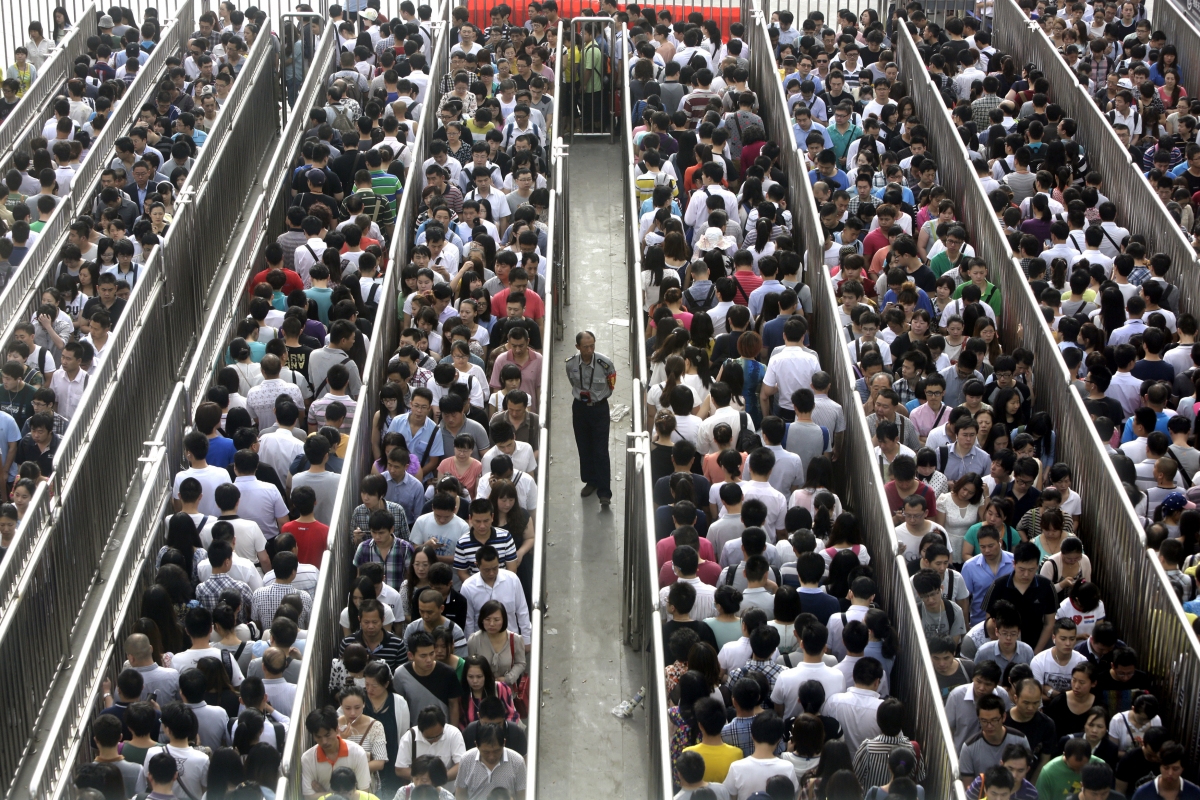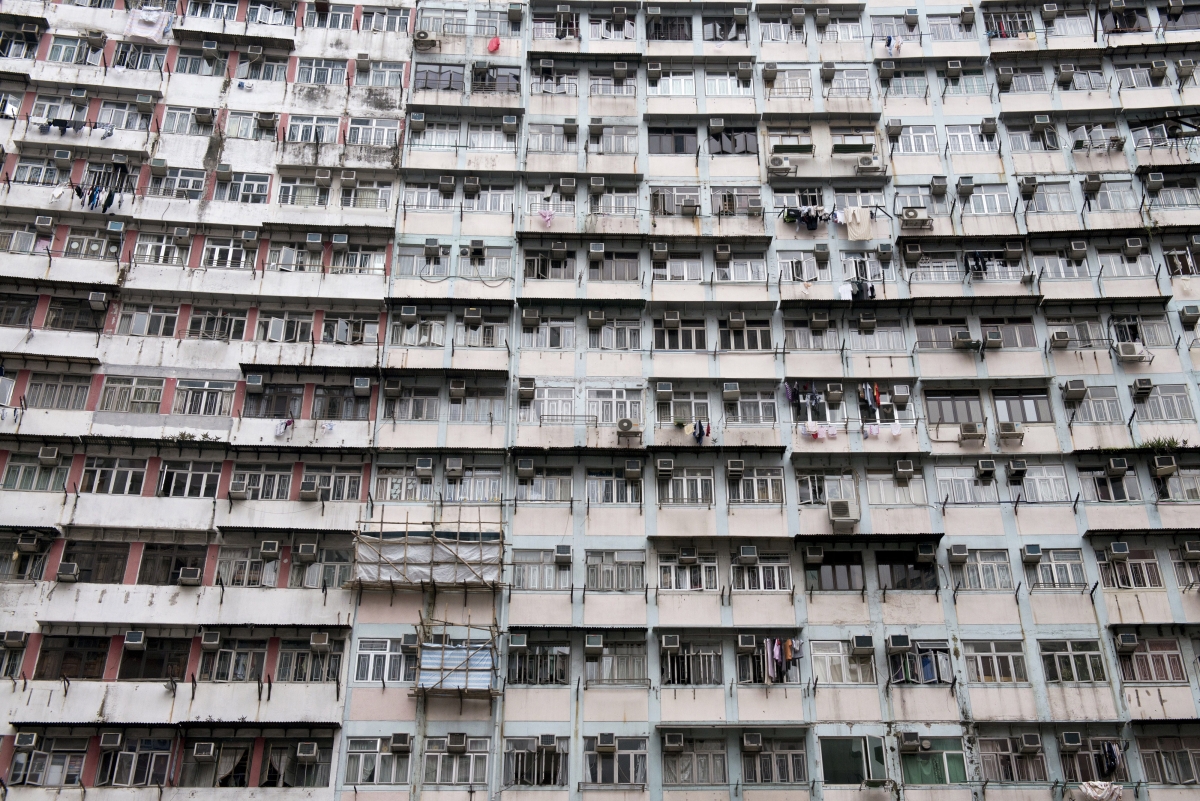An improvement in sanitation and cleanliness will eliminate much of the difference in malnutrition between India and the rest of the world, and across Indian States
Historically the greatest advances in longevity and mortality reduction have come not from treatment of individual disease but from public health. This includes modern drainage and sewerage systems (sewage treatment plants), drinking water systems that produce and deliver disease-free water and solid waste disposal systems. The current position is illustrated by the low proportion of the population with access to improved sanitation facilities. The impact of this neglect is reflected in two well-known facts; one, ‘Delhi belly’ is infamous throughout the world and the Delhi middle class has to use water filters to protect itself from tap water-borne disease. And two, India is still home to communicable and vector borne diseases that have been eliminated in most countries outside sub-Saharan Africa.
According to the National Sample Survey of 2004-05, 1.9 per cent of Indian households defined themselves as hungry for some part of the year. Based on the same survey, the Planning Commission determined the proportion of poor according to the then prevailing national poverty line in 2004-05, which was between 21.8 per cent and 27.5 per cent. Malnutrition in children under three years of age as measured by the National Family health survey 2005-06 (NFHS 3) was much higher. Stunted and underweight children constituted 38.4 per cent and 45.9 per cent of children under three. The cross-State correlation between poverty rates and malnutrition rates was around 0.7 (using either Mixed Reference Period or Uniform Reference Period based estimates). At least 30 per cent of this cross-State variation in nutritional status of children was therefore totally uncorrelated with the variation of poverty rates across States.
Little improvement in malnutrition
The improvement in the nutrition status of children has also been disappointing. Over the seven years between 1998-99 and 2005-06, malnutrition has declined by only 1.1 per cent points while stunting has declined by 7.1 per cent points. This compares with a 4.3 per cent point decline in the poverty rate between 1999-2000 and 2004-05 (MRP). Though stunting has declined at a marginally faster annual rate (1.0 per cent) than poverty (0.9 per cent), the decline in the percentage of underweight children is minuscule. The implication is drawn that existing policies and programmes are not making a significant dent on malnutrition and need to be improved. To do this, however, we need to first find out what are the important factors responsible for malnutrition.

Existing policies and programmes have not made a significant dent on malnutrition, and need to be improved

Mixing up issues of hunger, average availability of food/cereals (or calorie deficiency), poverty and malnutrition, can lead to serious diagnostic errors and ineffective policies that make little dent on these problems.
Virmani 2007 (Virmani, Arvind,
The Sudoku of Growth, Poverty and Malnutrition: Lessons For Lagging States, Working Paper No. 2/2007-
PC, Planning Commission, July 2007 http://planningcommission.nic.in/reports/wrkpapers/rpwpf.htm) concluded that the most important determinant of the variation of malnutrition across Indian States was public health deficiencies as measured by access to improved sanitation and drinking water. That is, the weakening of the absorptive capacity of the stomach due to gastrointestinal diseases and germs played a much more significant role in malnutrition than the availability of cereals which are the focus of the PDS system and ‘right to food’ advocates. The paper also suggested that basic public health information, nutritional knowledge and availability about nutritional foods may also play a role.
Das Gupta et al (Das Gupta, Monica, Rajendra Shukla, T.V. Somanathan, and K.K Datta, 2009. How Might India’s Public Health Systems be Strengthened? Washington DC: The World Bank Policy Research Working Paper 5140) argued that the fact that 25 per cent of stunted Indian children were in the highest wealth quintile reflected the burden of morbidity even among the affluent. WHO estimated that half of malnutrition is attributable to infections arising from poor sanitation, not lack of food.
There are three broad aspects of malnutrition that must be kept in mind when devising strategies for dealing with it. One, the ability to access such food items. This depends on household income or ability to sustain certain levels of consumption. The rate of poverty (head count ratio) is the standard indicator. Other possible indicators could include assets such as land and housing.
Two, household/family knowledge and information about good nutrition. This includes knowledge about the locally available foods that are good from the nutrition perspective. This can be based on,
(a) traditional age-old knowledge (old wives’ tales);
(b) ability to read, coupled with the availability of appropriate reading material on nutrition;
(c) access to
media such as newspapers, radio and TV, coupled with propagation of such information on the radio; and
(d) special programmes such as ICDS that directly educate mothers about child-rearing and nutrition.
State of healthThree, the state of health. Even if the right kind of food and nutrition is available, a child may not be able to consume and/or absorb it properly due to ill health or sickness. For instance, a child suffering from diarrhoea much of the time is unlikely to be able to ingest much good and healthy food and absorb the nutrition, even if it is freely available and provided to the child by the mother/parents. Historically, it has been demonstrated across many countries that public health measures like clean drinking water, sanitation, sewerage, control of communicable and epidemic diseases and public health education play an important role in reducing mortality rates at every age and across gender. In the Indian environment, access to water and toilets, breast feeding (to impart immunity in an unhealthy environment), access to
sound health advice/treatment, prevalence of vaccination and availability of vitamin supplements are possible indicators.
Virmani (2007) analysis showed that household access to toilets, breast-feeding of infants and vaccination of children has a significant effect in reducing child malnutrition. These variables explained 85 per cent of the cross-State variation in malnutrition. Nutrition variables were either not significant or had the opposite of the expected effect, indicating problems with the programmes. Expenditure on the Integrated Child Development Services (ICDS) appeared to have an uncertain effect, probably because it was effective in some States and not effective in others.
India is an outlier in terms of malnutrition in cross-country plots of malnutrition against per capita GDP. Correspondingly, India is way significantly worse than countries at its level of per capita GDP in terms of household access to toilets. It is however close to the trend line with respect to access to improved drinking water sources. Inadequacy of public health measures results in prevalence of gastro-intestinal infections (even if they do not manifest themselves in a visible disease or ill-health), that inhibit the absorption and use of food in the body. Even if enough food is available, the child may not be able to ingest or absorb it properly, resulting in under-nutrition.
Virmani 2012 (Virmani, Arvind,
Undernourishment of Children: Causes of Cross-country Variation, Working paper No. WsWp 4/2012, October 2012 —
Nutrition12oct.docx at https://sites.google.com/site/drarvindvirmani/) analysed the cross-country variation in child malnutrition. The quality of public health, as measured by variables such as access to better sanitation and improved water sources, is an important factor in explaining cross-country variations in the prevalence of malnutrition and inter-State variations across India. It also confirms the importance of primary education, particularly of females, in helping spread information and knowledge about personal hygiene, sanitation and nutrition. Much more could however be done through appropriate school curricula and
media campaigns to promote public health education.
The analysis suggests that poverty is not an independent cause of malnutrition, but explains it to the extent that it is unrelated to unsanitary conditions. The proportion of adults having primary education also tends to reduce malnutrition. The primary completion rates for females is, however, more significant than for both male and female together, suggesting the relatively greater importance of female literacy.
Dean Spears and Lamba (2013), a village level study in India, showed the negative effect of open defecation on child stunting and wasting, thus confirming the importance of household access to toilets on the nutrition status of children (Spears, Dean and Sneh Lamba, Effects of Early-Life Exposure to Sanitation on Childhood Cognitive Skills: Evidence from India’s Total Sanitation Campaign, policy research Working Paper, 6659, World Bank, October 2013.) Jeffery Hammer et al have carried out micro-experiments that confirm these findings for the high income city of Delhi.
In conclusion, an improvement in sanitation and cleanliness as envisaged by the government’s “Swach Bharat” programme will eliminate much of the difference in malnutrition between India and the rest of the world and across the Indian States. The increased subsidies envisaged under the Food Security Act would reduce malnutrition more effectively if spent on sewers, sewage processing and garbage processing plants.
Source: The Hindu










 Existing policies and programmes have not made a significant dent on malnutrition, and need to be improved
Existing policies and programmes have not made a significant dent on malnutrition, and need to be improved 






.jpg)
